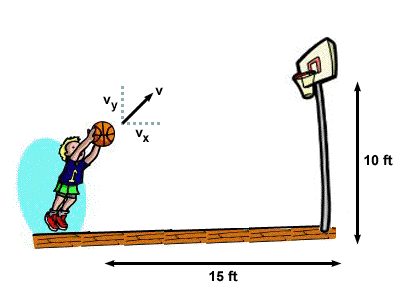Tuning Fork and Palm Pipe Lab
During this past week, we learned all about sound waves and harmonics. To get a better understanding of these two things, it helps to know a little more about waves themselves.
Wave: movement of energy in a medium
Wavelength: the length of the wave from peak to peak (meters)
Frequency: How many times the the wave shakes per second
Velocity: the speed in which the sound wave travels (example-sound travels 343 m/s in air)
Standing Wave: When the wave bounces back and forth at the right frequency to create a wave that looks like it stands still (occurs when there are two or more waves)
Harmonic: the frequency where each standing wave occurs (multiples of the fundamental wave)
Harmonics Illustration:
Palm Pipe Lab:
In the palm pipe lab we were examining the harmonics of the pipe. Stringed instruments have several different harmonics because they are "closed" and both ends, but because the palm pipe is only closed at one end(and therefore is considered a woodwind instrument), it only has ODD harmonics. Our task in this lab was to find out what musical note our palm pipe played, but in order to do this we had to measure both the length and the diameter of the pipe, and then plug those numbers into an equation.
Picture representing ONLY ODD number harmonics in a palm pipe :
Equation: Length=1/4(Wavelength)-1/4(Diameter)
After we found the wavelength we pugged this onto the fundamental wave equation to find the frequency of our wave.
Equation: Speed= Frequency x Wavelength
After this we plugged our frequency into Wolfram Alpha to find out what musical not our palm pipe played, and I got a B flat. After we all found our notes we were able to follow a chart and play "Twinkle Twinkle Little Star." Who knew simple pipes could create such harmonious music?
Tuning Fork Lab:
In the tuning fork lab we tapped our tuning fork against a softer surface, like the rubber sole of a shoe, and then put it up to the the microphone attached to our LabQuest to measure the waves.
After doing this, the graph we got looked like this:
After analyzing the graph, we discovered that each frequency was proportional/equidistant. This makes complete sense because harmonics are equally spaced, and are multiples of the fundamental frequency. In this case, we found our fundamental frequency( the first harmonic) to be 78Hz. In order to find which harmonic was our peak frequency, we divided 625Hz by 78, because all of the frequencies(because it is a harmonic) are multiples or 78. After doing this we found our peak frequency to be the 8th harmonic.




























